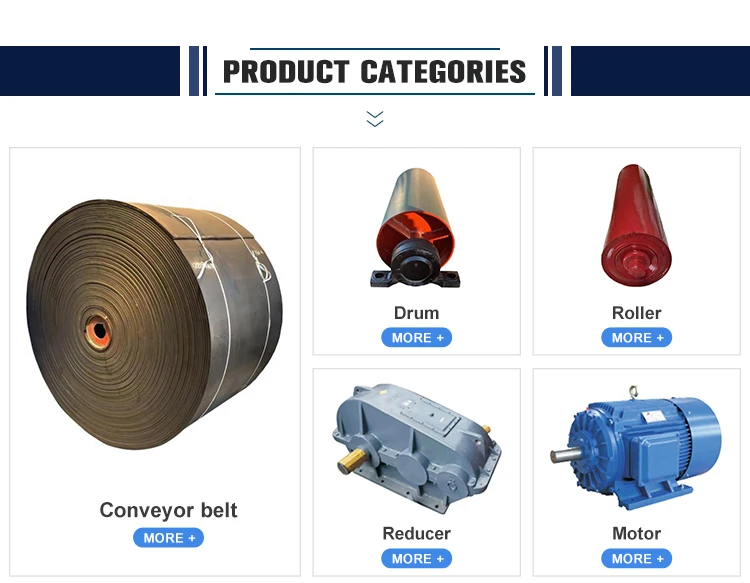poultry cages for layers
វិច្ឆិកា . 12, 2024 14:16 Back to list
poultry cages for layers
Poultry Cages for Layers Optimizing Space and Enhancing Productivity
The poultry industry is one of the most significant food production sectors globally, with layers (female chickens raised for egg production) being a crucial component. With increasing demand for eggs, efficient management of the layers’ housing becomes paramount. One of the most effective strategies for managing layers is through the use of poultry cages specifically designed for them. These cages not only optimize space and resources but also enhance the overall welfare and productivity of the birds.
The Need for Poultry Cages
Traditionally, free-range or barn systems were favored for raising layers. However, as urbanization and land restrictions increase, and with the growing demand for eggs, poultry cages have emerged as an efficient solution. Cages provide several advantages, including better space utilization, improved biosecurity, and easier management of the flocks.
Poultry cages for layers are designed to house multiple birds in a confined space while ensuring their comfort and well-being. These cages help to minimize the risk of diseases spreading among birds, as they limit contact with fecal matter and other contaminants. Additionally, the design of these cages maximizes the space available in a poultry house, allowing farmers to rear more layers without compromising on quality.
Types of Poultry Cages
There are primarily two types of poultry cages commonly used for layers conventional and enriched cages.
1. Conventional Cages These are the traditional cages used in poultry farming. They are small, stackable units that accommodate several hens. While they offer efficient space utilization, critics argue that they may not provide sufficient space for natural behaviors, leading to stress and welfare concerns.
2. Enriched Cages In response to growing concerns about animal welfare, enriched cages have been developed. These cages provide additional space and features such as perches, nesting boxes, and scratching areas, thus allowing hens to exhibit more natural behaviors. While enriched cages require more space and investment, they are becoming increasingly popular, especially in regions with strict animal welfare regulations.
Benefits of Using Poultry Cages
poultry cages for layers

The use of poultry cages for layers offers numerous benefits
- Enhanced Biosecurity Poultry cages reduce the risk of disease transmission among birds by preventing direct contact with feces and other vectors of disease
. This is particularly crucial in large operations where disease outbreaks can have devastating effects.- Improved Productivity Caged systems tend to witness higher egg production rates. The controlled environment ensures that hens receive adequate food, water, and light, all of which are critical for optimal egg-laying.
- Labor Efficiency Cages simplify the management of layers. Farmers can easily monitor the health of each bird and manage feeding and egg collection, leading to reduced labor costs and time.
- Space Optimization Cages allow for a higher density of birds per square meter compared to free-range systems, making them an appealing option for farms facing land constraints.
Challenges and Considerations
Despite their advantages, poultry cages for layers come with their own set of challenges. The primary concern is regarding the welfare of the hens. Critics argue that conventional cages restrict movement and prevent natural behaviors such as perching, nesting, and foraging. This has led to a push towards enhanced systems that offer more space and facilities for the birds.
Additionally, the initial investment for constructing and maintaining enriched cages can be significantly higher than conventional systems. Farmers need to weigh the long-term benefits of better egg production and bird welfare against the initial costs involved.
Conclusion
Poultry cages for layers represent a critical advancement in poultry farming, balancing efficiency with the need for animal welfare. As the industry continues to evolve, adopting a hybrid approach - incorporating both conventional and enriched cages - could satisfy market demands and regulatory requirements. By prioritizing the welfare of layers while optimizing production, poultry farmers can ensure sustainable growth in an increasingly competitive market.
-
Automatic Feeding Line System Pan Feeder Nipple Drinker|Anping County Yize Metal Products Co., Ltd.
NewsJul.30,2025
-
Automatic Feeding Line System - Anping Yize|Pan Feeder,Nipple Drinker
NewsJul.30,2025
-
Automatic Feeding Line System - Anping County Yize Metal Products Co., Ltd.|Pan Feeder, Nipple Drinker
NewsJul.30,2025
-
Automatic Feeding Line System-Poultry Farming|Chicken Feeding&Watering
NewsJul.30,2025
-
Automatic Feeding Line System - Anping County Yize Metal Products Co., Ltd.|Pan Feeder Nipple Drinker,Broiler Farming
NewsJul.30,2025
-
Automatic Feeding Line System Pan Feeder Nipple Drinker-Anping County Yize Metal Products Co., Ltd.
NewsJul.30,2025






